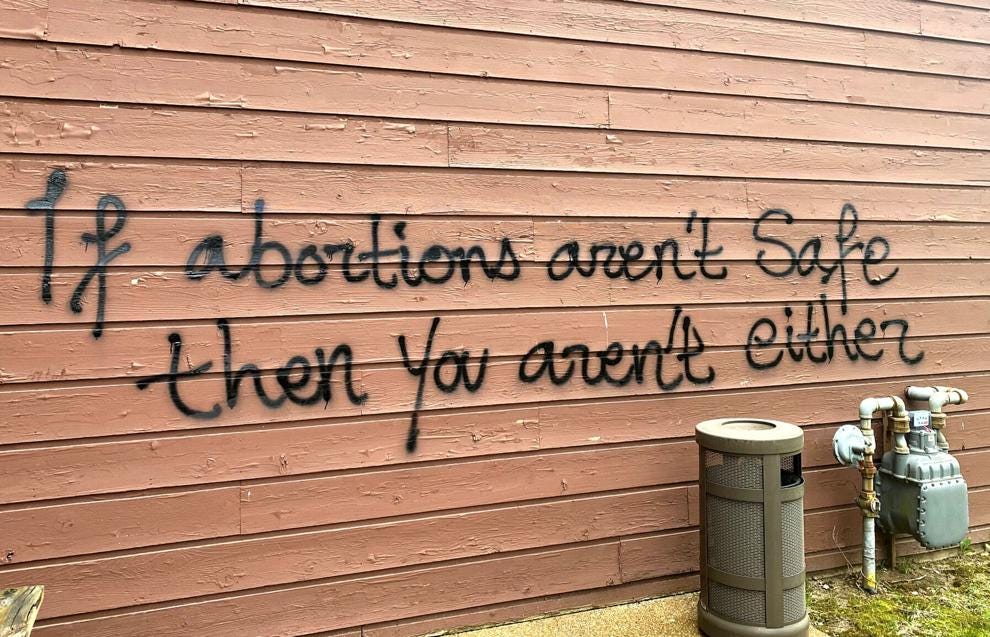A woman's right ... to intimidate?
In the imminent Supreme Court ruling on Roe v Wade, more is at stake than women's rights
To many British eyes, the abortion issue in America is bewildering. Unlike in Britain, the passions it generates on both sides remain volcanic, year in, year out.
For many Democrat supporters, it has long been the issue of issues. When casting their vote for a presidential candidate, questions such as “Will he/she make my country prosperous?” or “Will he/she keep me and my country safe?” have been brushed aside by the only question that matters to them: “Will he/she appoint Supreme Court justices who will uphold or reverse the ruling in Roe v Wade that legalised abortion throughout America in 1973?”
In Britain, by contrast, abortion — which is legal until 24 week’s gestation — is a relatively settled issue. Sure, there are those who think the time limit should be brought down; or those who think abortion should be available on demand; or those who object to the fact that it is legal at all. But in general, it is accepted as a decision that represents the will of the people as expressed in a democracy — made by members of parliament for whom abortion is treated as an issue of conscience, which means MPs don’t vote on party lines — and that if the abortion law is to change, that will happen by the same route.
But now, a strategically released leak has told America that the Supreme Court is poised, in a majority ruling by conservative justices, to reverse the decision in Roe v Wade (as well as a subsequent 1992 ruling in Planned Parenthood v. Casey). The ensuing uproar and descent to mob intimidation and violence is a graphic illustration of what happens when such a socially divisive issue is not mediated through the democratic consensus.
Keep reading with a 7-day free trial
Subscribe to Melanie Phillips to keep reading this post and get 7 days of free access to the full post archives.




